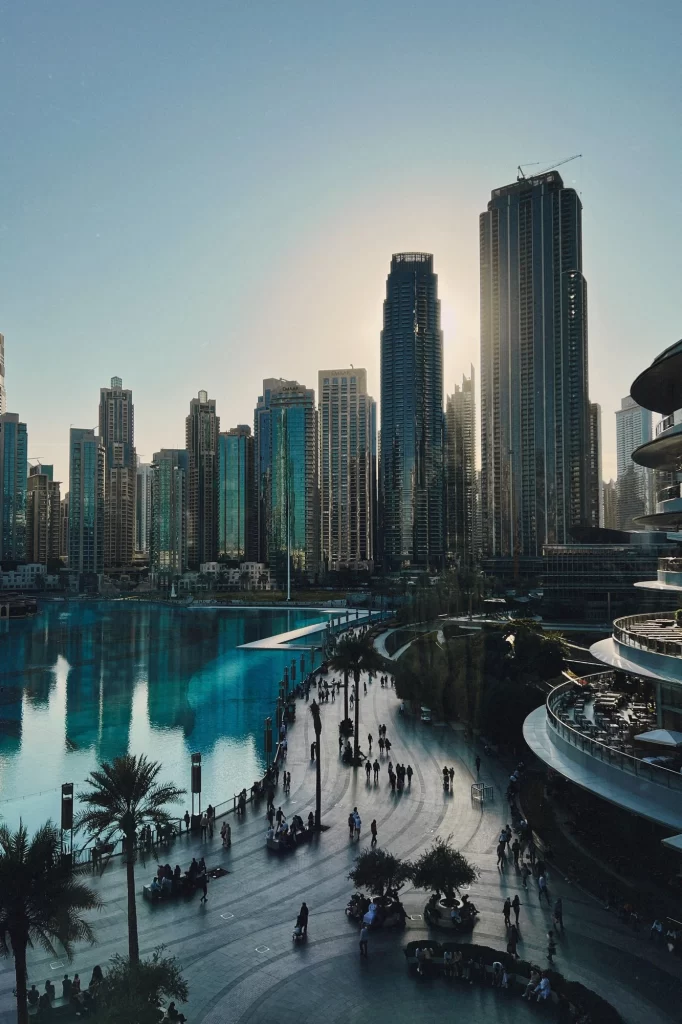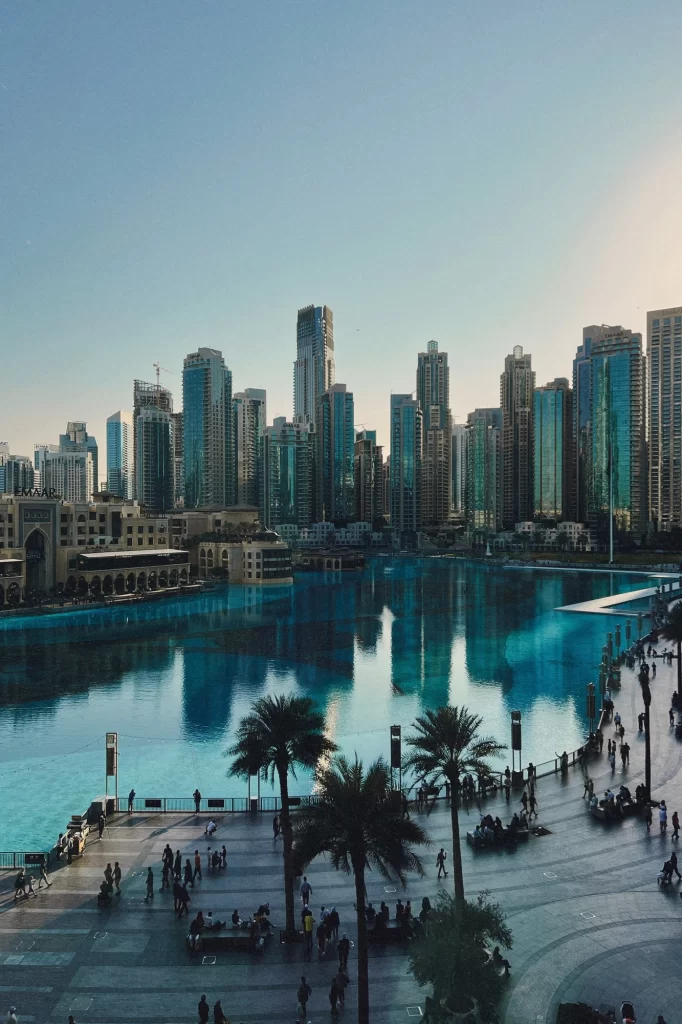The AEC (architecture, engineering, and construction) industry plays a crucial role in urbanization, as it is responsible for designing, building, and maintaining the infrastructure and buildings that make up the urban landscape. The industry is constantly evolving and adapting to new technologies, materials, and sustainability practices in order to better serve the needs of urban populations.
One way in which the AEC industry is helping to support urbanization is through the use of smart city technology. Smart cities use a variety of technologies, such as sensor networks, IoT (Internet of Things) devices, and big data analytics, to collect and analyze data on things like traffic patterns, energy consumption, and environmental conditions. This information can then be used to optimize the performance of the city’s infrastructure and services, making them more efficient, sustainable, and responsive to the needs of residents.

Another way in which the AEC industry is contributing to urbanization is through the design and construction of sustainable buildings. With the global population projected to reach nearly 10 billion by 2050, it is increasingly important to ensure that new buildings and infrastructure are designed and built with sustainability in mind. This includes using energy-efficient materials and systems, incorporating green roofs and solar panels, and designing buildings to be more resilient to natural disasters.
The AEC industry is also working to make urban areas more accessible to everyone, regardless of their physical abilities. This includes designing buildings and infrastructure that are compliant with accessibility standards, such as the Americans with Disabilities Act (ADA), and incorporating features such as ramps, elevators, and Braille signage.

The AEC industry is also increasingly using Building Information Modeling (BIM) to improve the design, construction, and maintenance of buildings. BIM is a digital representation of a building that allows architects, engineers, and contractors to collaborate and share information in real-time, making it easier to identify and resolve issues before construction begins.
In addition, the AEC industry is also helping to support urbanization through the use of 3D printing and robotics technology. 3D printing allows architects and engineers to create detailed models of buildings and structures, while robotics technology can be used to automate construction processes and improve the speed and accuracy of building projects.

Finally, the AEC industry is also working to improve the livability of urban areas by designing and building green spaces, parks, and other public spaces. These spaces provide residents with opportunities to enjoy nature, engage in physical activity, and connect with their community.
Overall, the AEC industry plays a vital role in urbanization by designing, building, and maintaining the infrastructure and buildings that make up the urban landscape. By embracing new technologies, materials, and sustainability practices, the industry is helping to create smarter, more sustainable, and more livable cities for people around the world.











